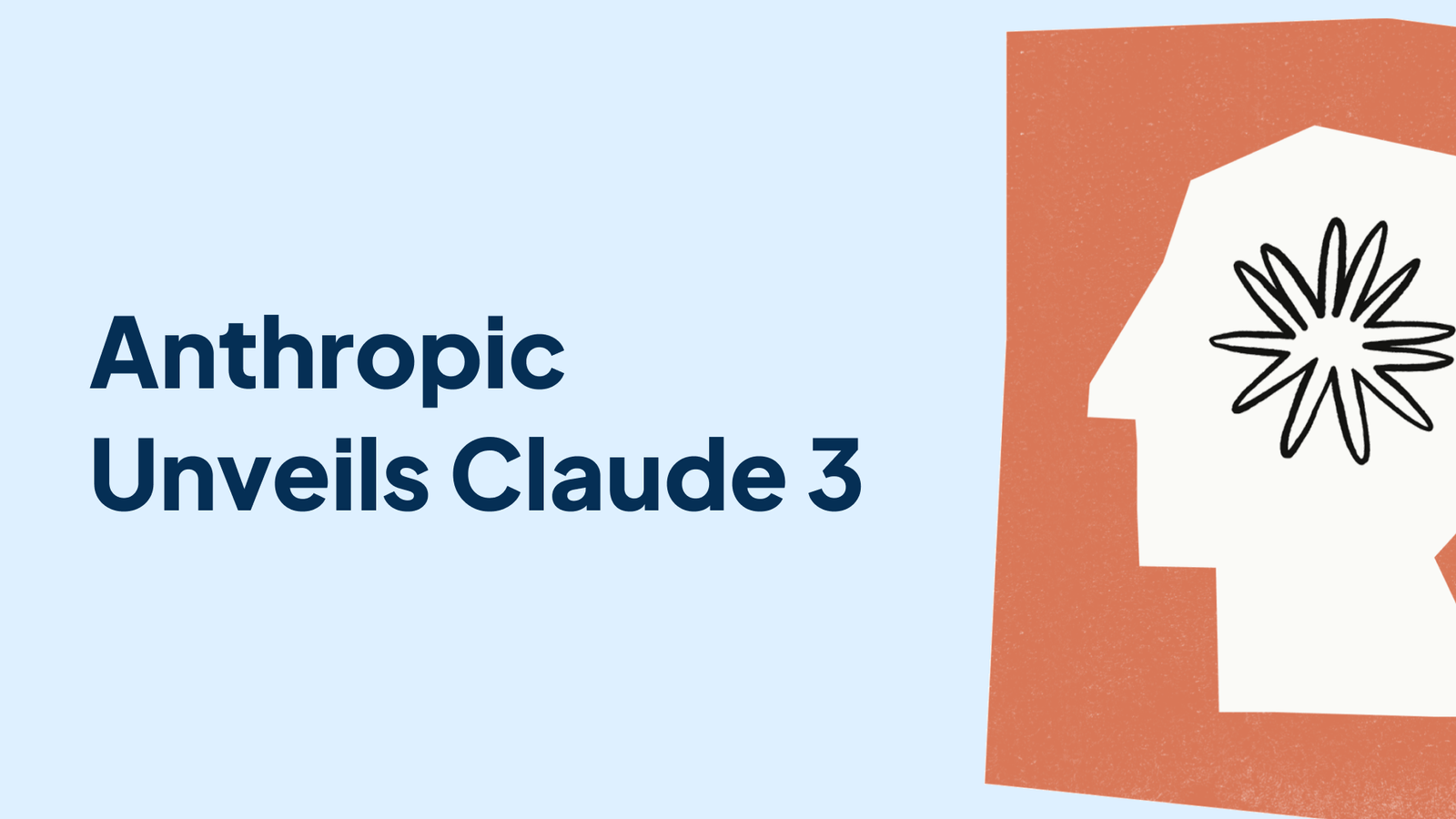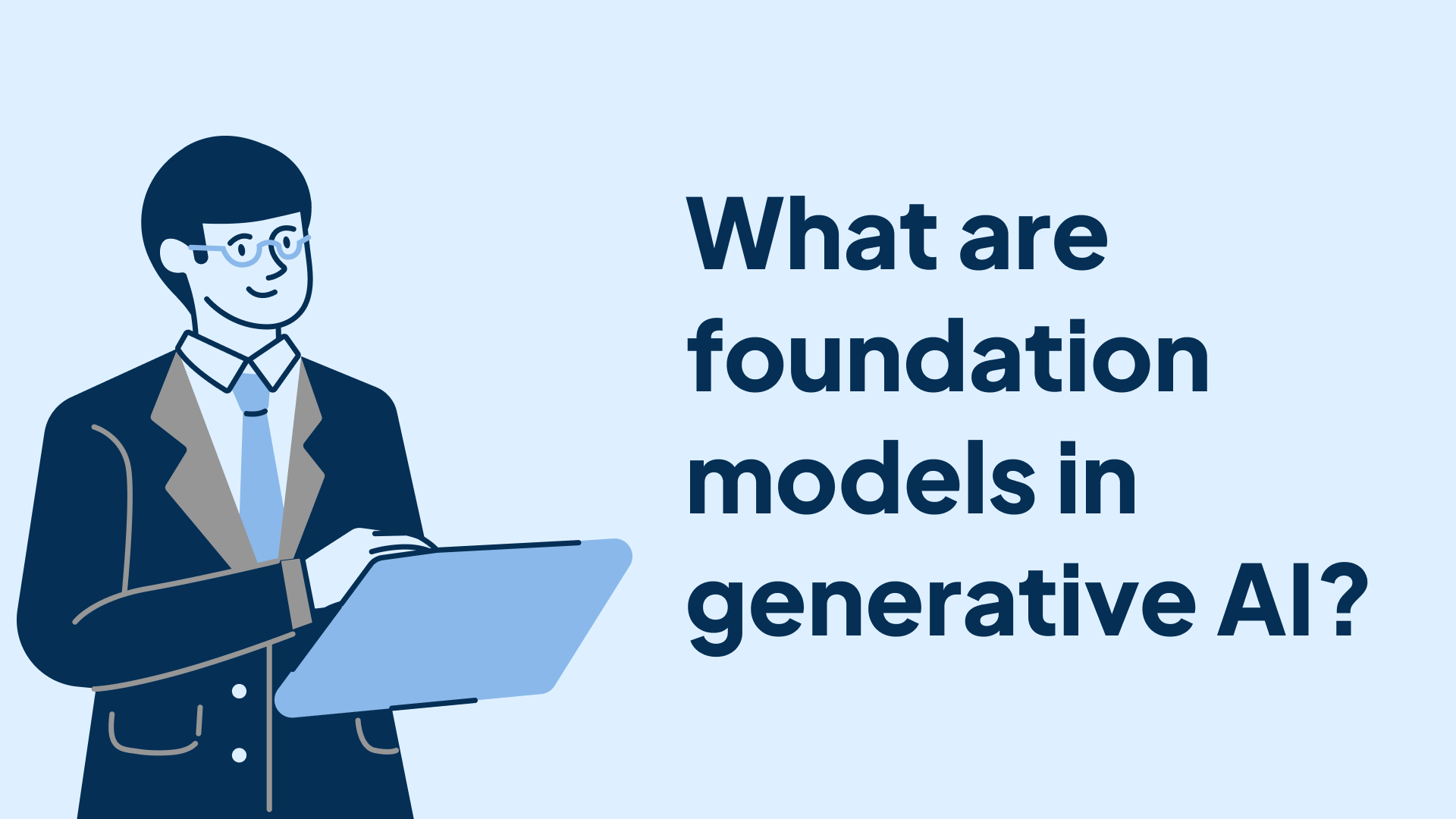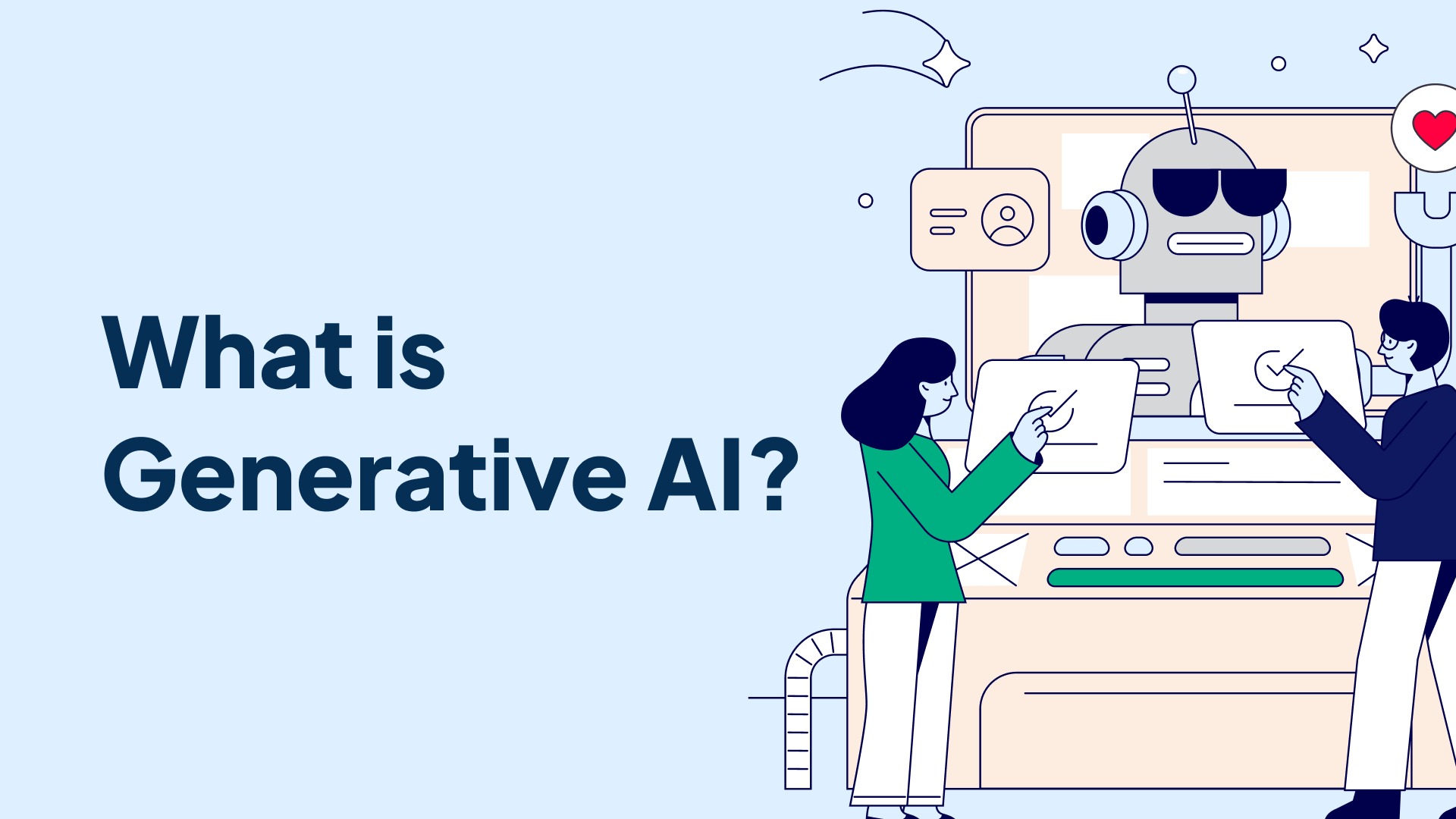Anthropic, an AI company founded by former OpenAI employees, has just announced the release of its latest AI language model family: Claude 3. This new generation of models promises to push the boundaries of what's possible with generative AI, offering enhanced performance, speed, and intelligence compared to its predecessors and rivals in the market.
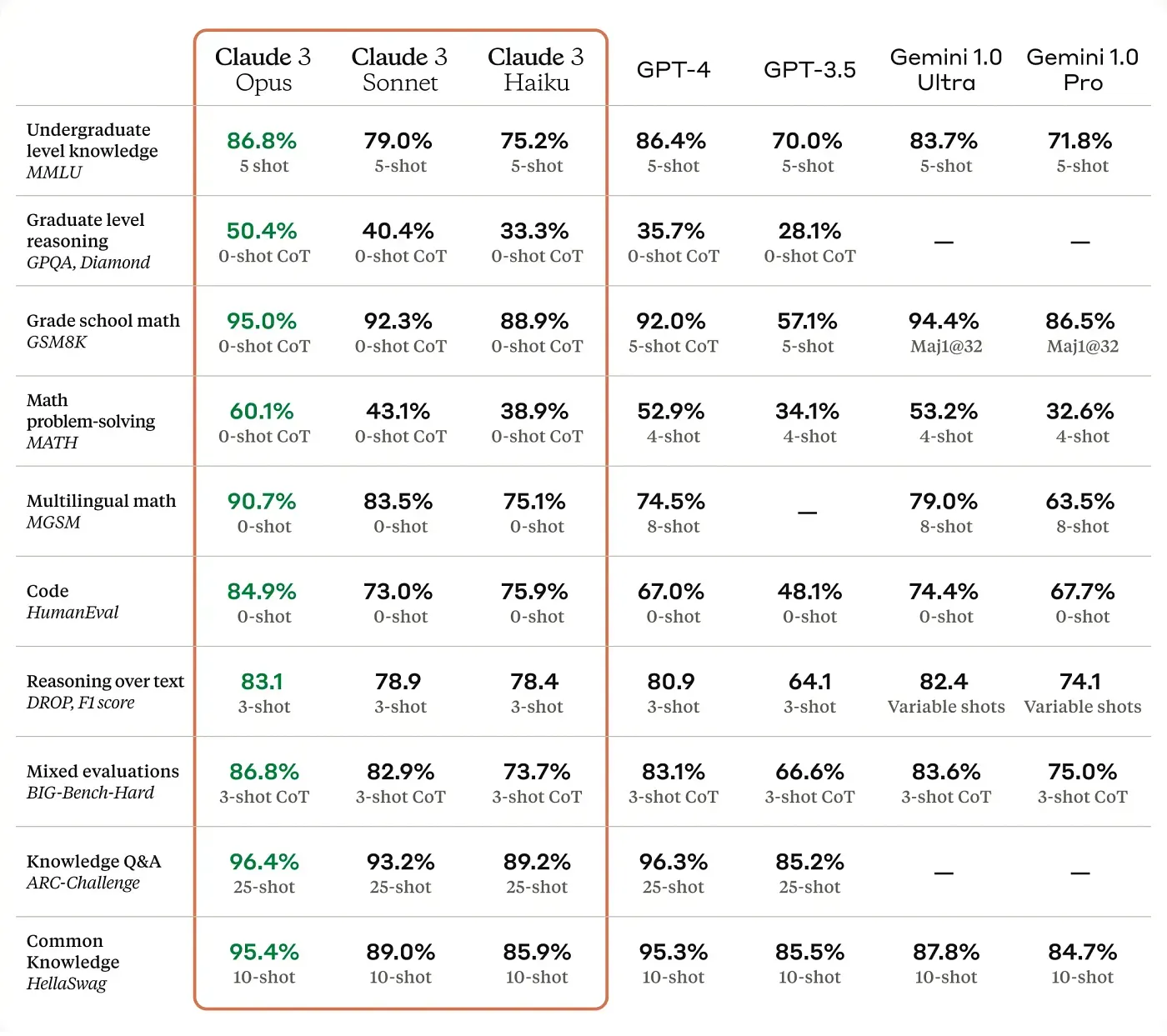
The Claude 3 family consists of three distinct models, each catering to different needs and use cases:
- Claude 3 Opus: The most advanced and capable model of the trio, Opus exhibits near-human levels of comprehension and fluency on complex tasks. It outperforms its peers on various benchmarks, including common knowledge, expert reasoning, and problem-solving.
- Claude 3 Sonnet: Striking a balance between intelligence and speed, Sonnet is particularly well-suited for enterprise workloads. It delivers strong performance at a lower cost compared to its peers and is engineered for high endurance in large-scale AI deployments.
- Claude 3 Haiku: The fastest and most compact model of the family, Haiku is designed for near-instant responsiveness. It excels at answering simple queries and requests with unmatched speed, making it ideal for building seamless AI experiences that mimic human interactions.
Claude 3 models boast several improvements over their predecessors and competitors. They can process longer context windows (up to 200K tokens), handle more complex instructions, and deliver more accurate responses with fewer hallucinations. The models also exhibit a more nuanced understanding of requests, recognizing real harm while refusing harmless prompts less often.
In terms of speed, Haiku can read a dense research paper with charts and graphs in less than three seconds, while Sonnet is twice as fast as Claude 2 and 2.1 for the majority of workloads. Opus, while not as fast as its siblings, delivers significantly higher levels of intelligence.
Multimodal Input and Structured Output
One of the most exciting features of the Claude 3 models is their ability to process a wide range of visual formats, including photos, charts, graphs, and technical diagrams. This multimodal input capability is particularly valuable for enterprises with knowledge bases encoded in various formats.
Additionally, the models are better at producing popular structured output formats like JSON, making it simpler to instruct Claude for tasks such as natural language classification and sentiment analysis.
Availability and Future Updates
Opus and Sonnet are now available through Anthropic's API, which is generally available, as well as on claude.ai. Haiku will be released soon. The models are also accessible through Amazon Bedrock and Google Cloud's Vertex AI Model Garden.
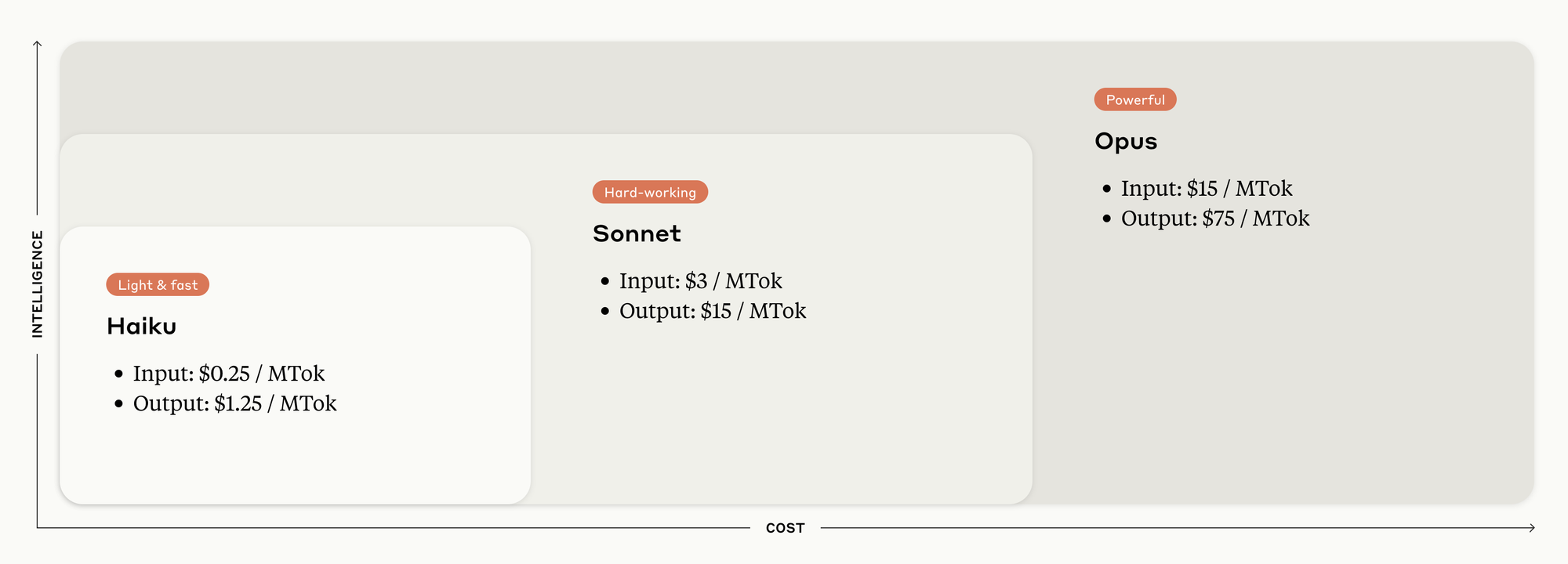
Anthropic plans to release frequent updates to the Claude 3 model family in the coming months, along with new features such as Tool Use, interactive coding, and more advanced agentic capabilities. As the company pushes the boundaries of AI capabilities, it remains committed to ensuring that safety guardrails keep pace with these advancements.





